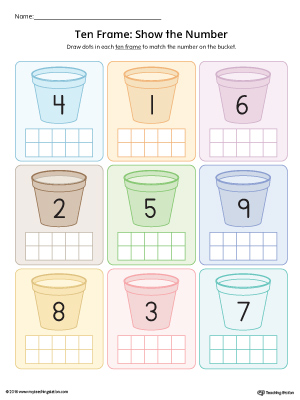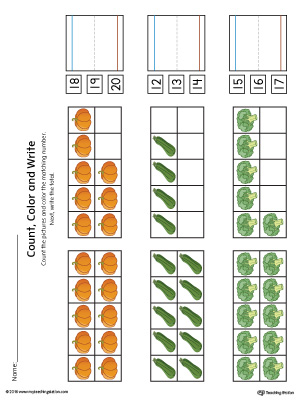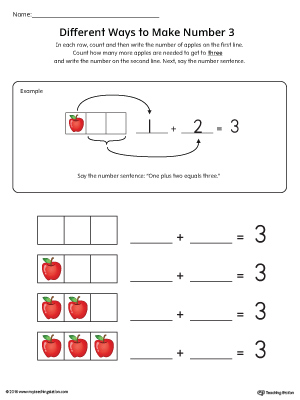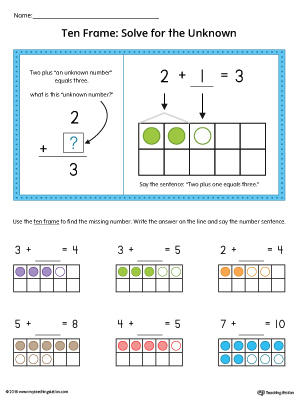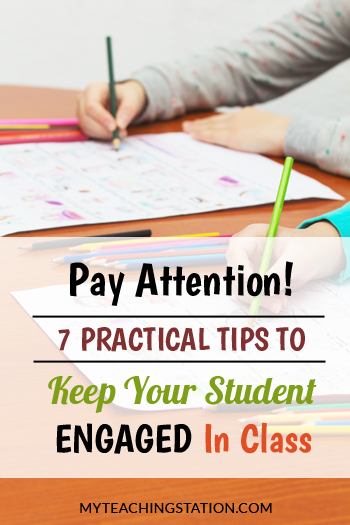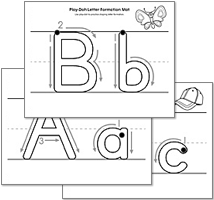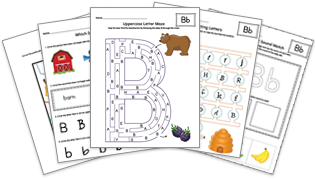ATTENTION Teachers and Parents: Learn how number sense can help you avoid headaches and save you time while successfully teaching your students the foundations of math.
Students are hard-wired to ask questions and seek answers.
They love to explore, discover and learn...
But are they being programmed to fail?
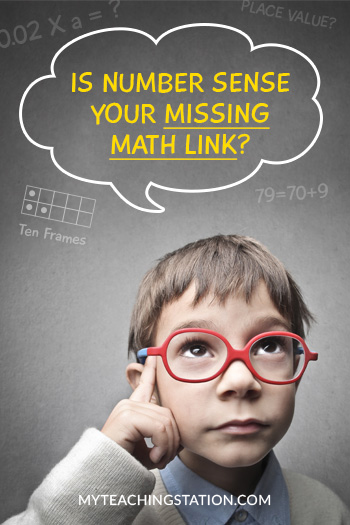
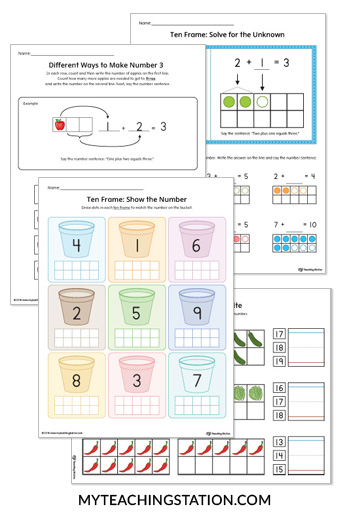
Marc Tucker, president of the National Center for Education, was asked, "Why don't students get math?" His response, "Because their elementary school teachers don’t get it either."
Students struggle just to keep up with today's academic standards while parents and educators search endlessly for useful resources and methods to help teach and guide them.
But who has the time or the energy to figure out the optimal academic path? You are busy and your time is short, not to mention valuable.
Wouldn't it be nice if there was an easy way to jump start and prepare young minds to understand complex math logic while avoiding the unnecessary detours, struggles, and frustrations?
The simple truth is, you can teach young children advanced mathematics without using sophisticated learning methods; number sense is one such method and may be just what you are looking for.
What Is Number Sense?
Boiled down, number sense refers to a well-organized conceptual framework of numerical data that enables a person to understand numbers and number relationships and to solve mathematical problems in ways that are not bound by traditional algorithms. (Bobis, J. 1996)
A perfect example of this is demonstrated in basic addition.
Compare these two methods:
-
Traditional Rote Memorization Method
-
Students invest a significant amount of time to memorize mountains of math facts to solve basic math equations.
For example, to solve 8 + 5, they tap into their stored math facts library to recall that 8 + 5 = 13.
This approach merely draws on memory reserves and bypasses the creative process that requires early learners to store information verse understanding that numbers are assembled as flexible building blocks.
-
Number Sense Method
-
Students understand how the addition method is used with different number sentences. This helps develop their mathematical thinking skills and builds their confidence to solve problems not yet seen or memorized.
For example, to solve 8 + 5, students can decompose (break apart) number 5 to borrow 2 and help 8 get to 10. This technique is called "Making 10 to add."
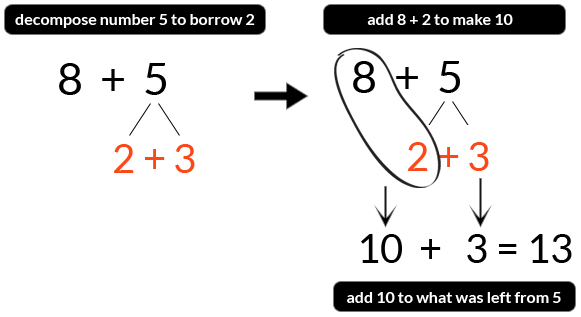
Are There Any "Real" Benefits to Number Sense?
Without understanding the framework of composing or decomposing numbers, students face the arduous task of only performing traditional math methods more precisely, yet without better results.
On the other hand, number sense affords flexibility of thinking patterns to create fluidity in their solution process.
Children need support along their academic path to help them understand and relate without suffering the mental gymnastics tied to the one-size-fits-all approach.
Number sense avoids the intimidation and limitations by removing the barriers of memorization - especially when their learning capacity is limited at a young age.
Final Thoughts on Number Sense
Children need incremental challenges without overwhelming their learning logic beyond the 1-5% growth curve, and as they grow, they build upon their success patterns.
Number sense creates simple neurological pathways and formulas of logic for children to understand and complete math solutions - and this starts at a VERY EARLY AGE, even as young as two or three.
Good number sense is linked with skills observed in students proficient in:
| Mental calculation (Hope & Sherrill, 1987; Trafton, 1992); | |
| Computational estimation (for example; Bobis, 1991; Case & Sowder, 1990); | |
| Judging the relative magnitude of numbers (Sowder, 1988); | |
| Recognizing part-whole relationships and place value concepts (Fischer, 1990; Ross, 1989) and; | |
| Problem-solving (Cobb et.al., 1991). |
Are you ready to release your students into the field of flexible learning by equipping them with quick and simple tools?
Good news! To get you started, you can download the following FREE Number Sense Worksheets.
Plus, due to popular demand, we decided to provide a practical Preschool and Kindergarten Math Program that uses number sense methods. Check out the MTS Math Program and download FREE sample lessons from the program.
Equipping happy teachers all over the world,
MyTeachingStation.com
- The Hechinger Report, “We'd be better at math if the U.S. borrowed these four ideas for training teachers from Finland, Japan and China.”
- Department of Education and Early Childhood Development, “Mental computation and estimation.”
